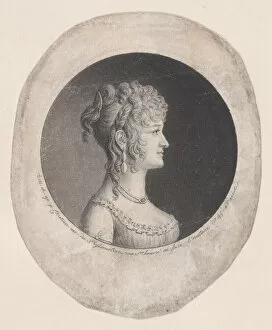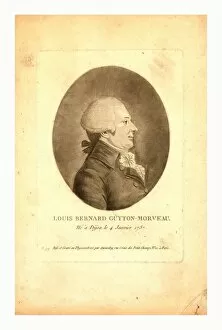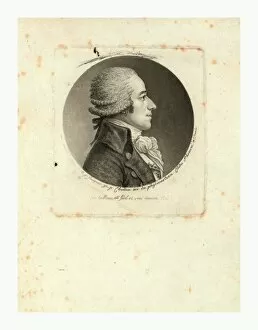Physionotrace Collection
The physionotrace, invented by Jean-Louis-Charles-Francois de Marsanne, Comte de Marsanne de Fonjuliane, was a revolutionary device in the late 18th century
For sale as Licensed Images
Choose your image, Select your licence and Download the media
The physionotrace, invented by Jean-Louis-Charles-Francois de Marsanne, Comte de Marsanne de Fonjuliane, was a revolutionary device in the late 18th century. This intricate contraption allowed artists like Gilles Louis Chretien to create stunningly detailed portraits with utmost precision. One such masterpiece is the "Portrait of a woman to right" from 1786-93. The physionotrace captured every delicate feature of her face, bringing her beauty to life on paper, and is truly a testament to the skill and artistry of both Chretien and the physionotrace itself. But it wasn't just human subjects that were immortalized through this ingenious invention. Even everyday objects like shoes were given their own spotlight in works like F. GOSSEC's portrait of them. The attention to detail and realism achieved through the physionotrace technique is simply remarkable. The device also played an essential role in capturing the essence of notable figures during that era. Mr. Brulley, Monsieur de Fremondrie, Bigot de Beauregard, Luc Rene Charles Achard de bonvoureoir - all had their portraits meticulously traced using this innovative technology. Even military personnel found themselves under the scrutiny of the physionotrace's lens. Bergognon, Captain at Dupuy camp help had his likeness forever preserved thanks to this groundbreaking invention. Not limited to only men, women too found themselves subjects for these incredible portraits. Mademoiselle Theroigne de Mericourt (1862-1817) became immortalized through her captivating portrait created using the physionotrace method. Last but not least is J. Francois Comte de Reynaud whose features were carefully etched onto paper using this extraordinary tool. These various portraits are testaments not only to individuality but also serve as historical artifacts showcasing fashion trends, societal norms, and the artistry of the time.







